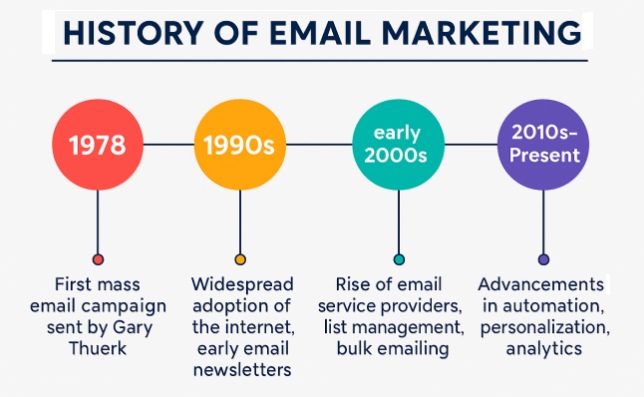Voice search optimization (VSEO) is the process of tailoring your online content and website to be more easily discoverable by voice assistants like Siri, Alexa, and Google Assistant.
As voice search becomes more popular, optimizing for it can help your business capture more organic (free) search traffic.
Here are a couple of interesting facts about voice search (source: Demandsage):
20% of people worldwide now use it.
“Near me” and local searches make up 76% of voice searches and are expected to grow as more people use voice search to find local businesses.
Given all that, it makes perfect sense to start implementing this powerful SEO strategy now for your own business.
This is a custom HTML / JavaScript Element
In order To See Your Custom HTML/JavaScript Code in Action You Must Click On The Preview Page Button, Your Code is NOT going to be active in the edit mode
Optimizing For Voice Search
Here is how you can optimize your website and other online content for voice search:
Use Conversational Language: Voice searches are often phrased as questions or conversational queries. Incorporate natural language and long-tail keywords into your content to match how people speak rather than type.
Focus on Featured Snippets: Voice assistants often read out featured snippets from search results. You can get your own content featured in these snippets by providing clear, concise answers to common questions related to your industry.
Optimize for Local Search: Most voice searches are local in nature (e.g., "Where is the nearest coffee shop?" or "What is the closest plumber to me?"). Ensure your Google My Business listing is up-to-date and that your website includes local keywords and schema markup.
Improve Page Load Speed: Voice assistants prioritize fast-loading websites. Optimize your site's speed to enhance the user experience and increase the likelihood of being selected for voice search results.
Use Structured Data: Implement schema markup to help search engines understand the context of your content. This can improve the chances of your content being used in voice search results.
Create FAQ Pages: Develop a Frequently Asked Questions (FAQ) section on your website that addresses common queries related to your business. This can help capture voice searches that are question-based.
Mobile-Friendly Design: Ensure your website is mobile-friendly, as most voice searches occur on mobile devices. A responsive design can improve the user experience and boost your chances of ranking higher in voice search results.
Focus on User Intent: Understand the intent behind voice searches related to your business. Tailor your content to address these intents directly, providing valuable information that meets the searcher's needs.
Regularly Update Content: Keep your content fresh and up-to-date. Voice assistants tend to prioritize current information, so regularly updating your content can help it maintain relevance.
Leverage Voice Search Analytics: Use analytics tools to track voice search queries that lead to your site. This data can provide insights into what content is performing well and where there are opportunities for improvement.
What To Remember About Voice Search
Keep in mind, though, SEO and VSEO strategies are long-term marketing strategies, and you can't expect overnight success. If you need more traffic fast, running a PPC or paid traffic campaign is the better tactic. If you do decide to invest in VSEO, having an experienced professional map out a plan and execute it for you will bring measurable results sooner.
VSEO - Bottom Line
Voice search is already here and spreading fast. By implementing voice search optimization (VSEO), you can boost your website's visibility in voice search results and drive even more traffic and prospects right to your business.

Did you know you can advertise on thousands of popular high-traffic websites like these?
 Add Row
Add Row  Add
Add 







Write A Comment